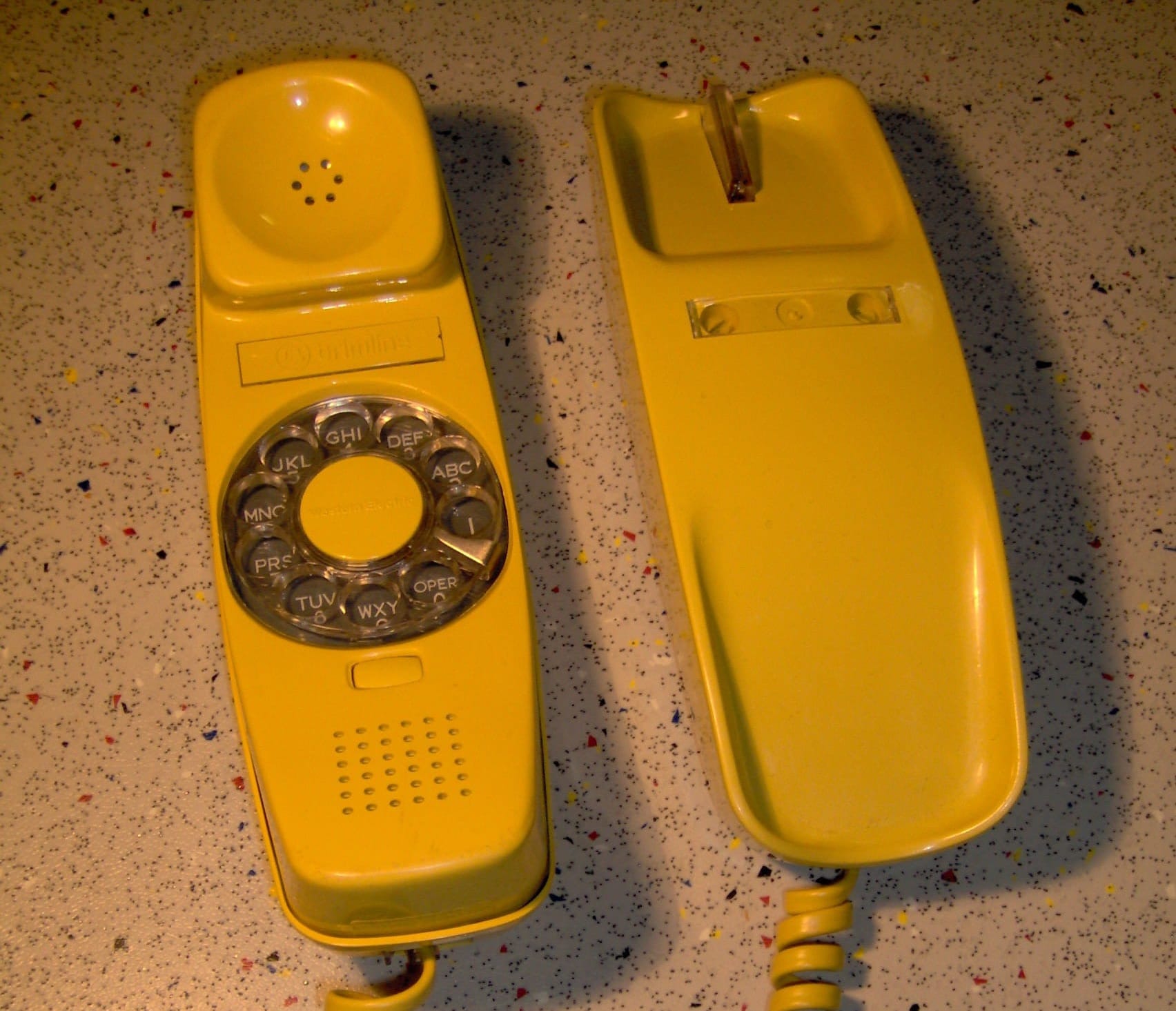DTMF Modems Not Calling Home
A story from my past, sorting out esoteric tech problems with dial-up modems. For fun and profit.

Once upon a time (1998ish), there was this local telephone company who wanted to get into TV distribution.
It just so happened that this was a strange time in telecommunications. The Dot-Com Bubble burst was still a few years away, and things like T1's, dial-up modems, and cellular phones with actual buttons taking up more than 1/2 the front were considered state of the art. Ma Bell's breakup was reconnecting into the Regional Bell Operating Companies (RBOCs), and some of them were recognizing that if they remained the companies associated with land-line phones and dial-up modems they were doomed. Two of these RBOCs, BellSouth and SBC, realized that digital TV was a new space they could make some money from. They partnered with a number of other companies, including Zenith Electronics back before they were just a brand name owned by LG Electronics. At that time Zenith owned patents on DTV and HDTV standards, and was commissioned by Americast (the new company the RBOCs had started) to build digital TV set-top boxes to receive the digital cable TV signals and display them on the TVs and monitors of the era.
At this time I was a wet-behind-the-ears EE fresh out of school and Zenith was my first job out of college, as one of their field service engineers I was assigned to the field trials of this new solution. The location of the field trials was none other than New Orleans, Louisiana, and I got a very different view of that area than I would have had as a tourist.
One fateful day well into the trials there was a puzzle to be solved. It seemed that there was a specific set of set-top boxes that were not "calling home" to report pay-per-view purchases and other data via their built-in telephone modems. I was dispatched to solve this riddle by going to the homes of the trial participants and troubleshoot this along with local BellSouth employees.
Now, I'm the son and grandson of men who actually worked for Western Electric, which was the company that actually built most if not all of the telephones that Ma Bell leased (they didn't sell them to you back in the day) and I had a rich history of understanding those devices as a result. I'm not sure what inspired me to bring along a test telephone with me, but as luck would have it that was the key to solving the whole mystery.
Upon reaching the first house a charming older couple - a BellSouth retiree and his wife of who knows how many decades - let me and the other tech into their home. It seemed silly to suspect a phone issue in a home of someone who had worked long enough at BellSouth to retire from it, but there we were. As a part of my investigation I pulled the phone line from the back of the set-top box and plugged in my test phone. I picked up the headset and heard the welcome sound of the dial tone. I started to dial my cell phone number, but as I pushed the buttons and heard the dual-tone beeps of each digit I typed I realized I was still hearing the dial tone. I put my phone down and asked if I could place a test call from one of their phones. As I typed the first digit, not only did I hear the dial tone stop, but I heard a click, no beeps. As I pressed more buttons I heard more clicks, and no beeps, and finally my cell phone rang after I had entered all 10 digits.
I now had everything I needed to know about the situation, but I asked the retiree one last question just to be thorough: "Sir, are all your phones pulse dial phones?" He answered yes, which was a nice confirmation for what I already knew.
What followed was one of the moments in my career that has given me pleasure every time I think about it. I had the privilege of explaining to the management and engineering team at Americast that in the year 1998 BellSouth had not converted all their customer lines to Dual Tone Multi-Frequency Signaling (DTMF) dialing - Touch Tone dialing as most people called it. Modems would default from the factory to do DTMF dialing. But over a decade earlier, Ma Bell charged people extra for converting their lines from pulse dial (1 click/pulse for the number of each digit dialed so dialing 1 was <click> and dialing 7 was <click click click click click click click> to Touch Tone, and some of their test users for this solution hadn't changed their phone service over 25 years, so the computer never "upgraded" them to DTMF.
The look on their faces was priceless. The whole project was inches from the goal-line for going live commercially and this was one of the last issues to be resolved that had been befuddling everyone for months. The decision was quickly made - right there in a hallway huddle in fact - that since BellSouth no longer charged more for DTMF that they would simply convert everyone's lines to support DTMF as well as pulse dial (which all "land line" phone lines to this day still support). The assumption that DTMF worked everywhere was so basic that nobody had bothered to test or verify it.
If there's a moral to this story it is to always check your assumptions. What are you taking for granted? If that isn't right how does it change your understanding of the situation? What have you forgotten about? That won't solve every problem, but it will help with many of them.
If there's an axiom that sticks with me it is that knowledge of what came before is never wasted. Old things - especially old tech - stick around far longer than many of us appreciate. As an example, most nuclear power systems are really just modern steam engines, using fission to create heat instead of coal. There are still dial-up modems doing important work in important places. Understanding the basics about those - at least in your areas of expertise and focus - will help you out in ways you can't predict.

